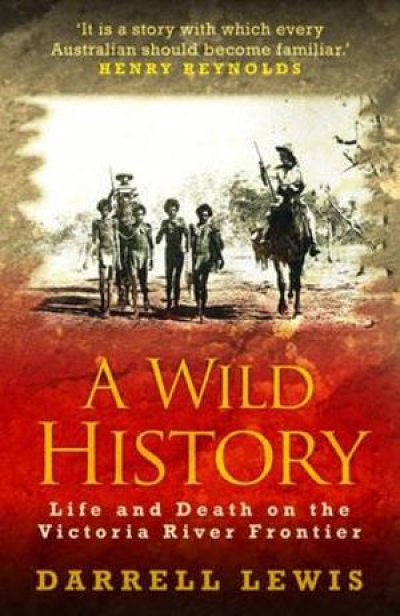Monash University Publishing
A Wild History: Life and death on the Victoria River frontier by Darrell Lewis
by John Rickard •
Race and the Modern Exotic: Three 'Australian' women on global display by Angela Woollacott
by John Rickard •
Australian Journal of French Studies, Vol. XLVII, NO. 2: Jacques Rivette by Brian Nelson
by Colin Nettelbeck •
The Australian Stage edited by Harold Love & Reverses by Marcus Clarke, edited by Dennis Davison
by Helen Thomson •




